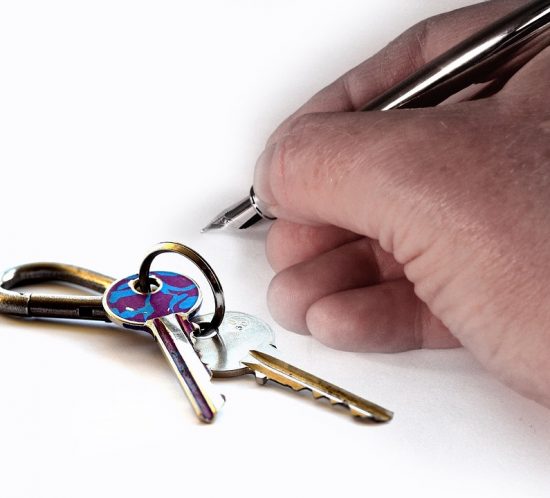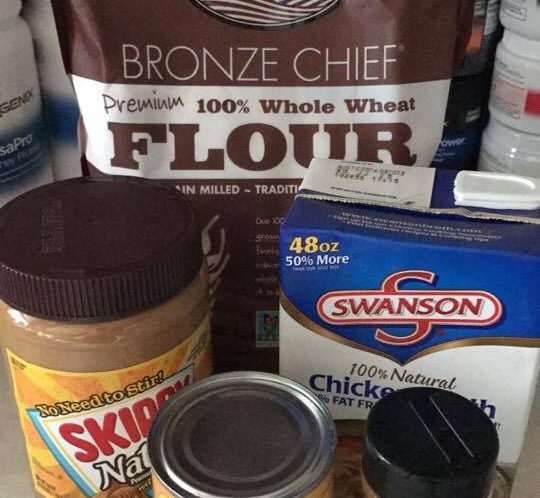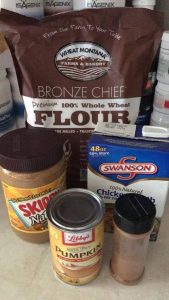Tips for Amazing Outdoor Holiday Lights
Who doesn’t love piling the family into the car and driving around to view the holiday lights? For many of us, it’s an annual tradition. But when it comes to installing your own decorations, it can sometimes be difficult to find the motivation! (Especially when it’s -20 outside and the snow is falling.) We’ve put together a few tips that ought to make things easier this year!
Test your lights before you get started.
It might seem like common sense, but sometimes people are so eager to get started that they start hanging lights and hours later find out that the one of the strings they’ve been working with doesn’t work. Do yourself a favor and do a plug-in test before you begin. Although no one likes doing the prep work of untangling huge clumps of twinkle lights, you’ll save yourself time in the long run.
Use outdoor-rated supplies outdoors.
Make sure you’re using lights rated for outdoor use. Otherwise you might find yourself with decor that fizzles out halfway through the season. It’s important to make sure your extension cords are intended for outdoor use as well.
Safety first.
If you need a ladder to complete your decor, be sure to use one that’s sturdy. Don’t be tempted to risk life and limb by getting creative when it comes to reaching new heights. Be careful on roofs that might be icy or slick too. And when stringing those lights, don’t use nails or staple guns. The best way to hand electrical wires is with light clips or even electrical tape.
Start Small.
It’s easy to get caught up in the spirit of the season. But don’t get ahead of yourself when planning your decor. It’s better to finish your decorating plan in stages than to try to do everything at once. Otherwise you might run out of steam or supplies and end up with a house that looks half done.
Be Creative.
With all of the options available on the market, shoppers aren’t limited to simple strings of lights. There are inflatables, LED lights, net lights, icicle strands, and so many more choices. It’s easy to get carried away! Just make sure you’re not overloading your circuits. No one wants to pull a Clark Griswold.
Clean Up After Yourself.
By the time the holidays have passed it’s tempting to yank the lights down and toss them in a box until next year. But if you spend the extra time to organize things as you put them away, you’ll be ready to go next year. Strings of lights can be wrapped around a piece of cardboard or an empty paper towel roll. Mark things clearly so they’ll be easy to find and you’ll be ahead of the game when next November rolls around.
How about you? Do you have any tips on holiday lights to share?
We hope your holidays are filled with a little extra shimmer and shine this year!





 If you have friends or a scheduled showing, whip up a batch of cookies and pull them out of the oven right before your guests arrive. You don’t even have to make them from scratch. Keep a tube of refrigerated cookie dough on hand or better yet, make cookie dough ahead of time and freeze it so you can toss it into the oven at a moment’s notice. Chocolate chip is always a favorite, but around the holidays you might want to try a little gingerbread.
If you have friends or a scheduled showing, whip up a batch of cookies and pull them out of the oven right before your guests arrive. You don’t even have to make them from scratch. Keep a tube of refrigerated cookie dough on hand or better yet, make cookie dough ahead of time and freeze it so you can toss it into the oven at a moment’s notice. Chocolate chip is always a favorite, but around the holidays you might want to try a little gingerbread. Essential oils not only smell great, they can also be therapeutic. With a minimal investment in a diffuser and a few oils, you can keep your home smelling fresh all season long. Many companies sell essential oil blends that are already mixed and ready to use. If you decide to blend your own, there are recipes online or you can use one oil at a time. Some of our favorites for the holiday season are scents of wintergreen or pine. Peppermint is always refreshing and also can help boost your energy and concentration.
Essential oils not only smell great, they can also be therapeutic. With a minimal investment in a diffuser and a few oils, you can keep your home smelling fresh all season long. Many companies sell essential oil blends that are already mixed and ready to use. If you decide to blend your own, there are recipes online or you can use one oil at a time. Some of our favorites for the holiday season are scents of wintergreen or pine. Peppermint is always refreshing and also can help boost your energy and concentration. If you’re short on time and need to work with what you’ve got on hand, you can toss a few aromatic ingredients in a saucepan full of water and simmer any odors away. Traditional blends include oranges, cinnamon sticks, and cloves. You can also try slices of lemons with sprigs of fresh rosemary. Infuse new life into potpourri by adding water and letting it heat up on the stovetop. And if your fridge is empty and your pantry is bare, you can always mix some vanilla extract in water. Bring it to a boil then turn it to low and pretty soon your whole house will smell like the inside of a vanilla bean.
If you’re short on time and need to work with what you’ve got on hand, you can toss a few aromatic ingredients in a saucepan full of water and simmer any odors away. Traditional blends include oranges, cinnamon sticks, and cloves. You can also try slices of lemons with sprigs of fresh rosemary. Infuse new life into potpourri by adding water and letting it heat up on the stovetop. And if your fridge is empty and your pantry is bare, you can always mix some vanilla extract in water. Bring it to a boil then turn it to low and pretty soon your whole house will smell like the inside of a vanilla bean. If you’ve walked down the aisle of a craft store this time of year, you’ve probably smelled the cinnamon-y, spicy scent of holiday pine cones. Pick up a bag of those and spread them throughout your seasonal decor for an instant boost of holiday cheer. Or you can make your own scented pine cones by adding pine cones and 20-30 drops of essential oils to a gallon-sized bag. Let it sit for at least 24 hours, although several days is even better. For scents, you can use a mix of cinnamon, evergreen, pine, clove, or anything else you’re drawn to.
If you’ve walked down the aisle of a craft store this time of year, you’ve probably smelled the cinnamon-y, spicy scent of holiday pine cones. Pick up a bag of those and spread them throughout your seasonal decor for an instant boost of holiday cheer. Or you can make your own scented pine cones by adding pine cones and 20-30 drops of essential oils to a gallon-sized bag. Let it sit for at least 24 hours, although several days is even better. For scents, you can use a mix of cinnamon, evergreen, pine, clove, or anything else you’re drawn to.







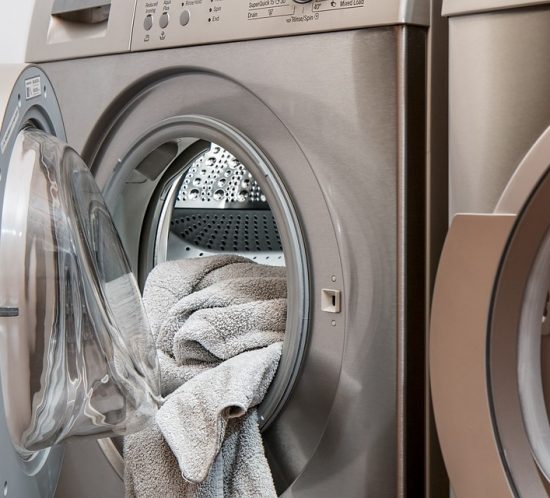

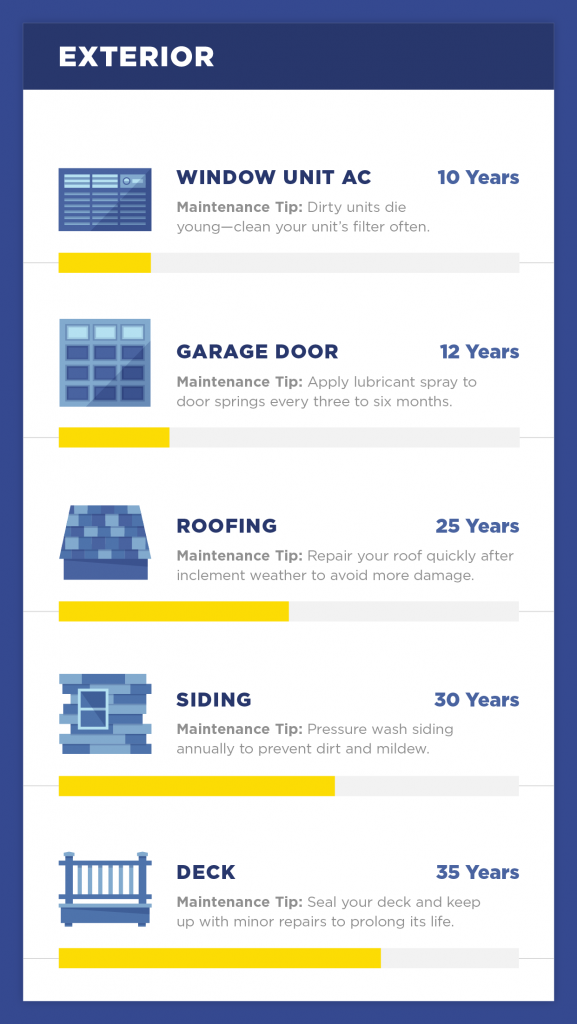

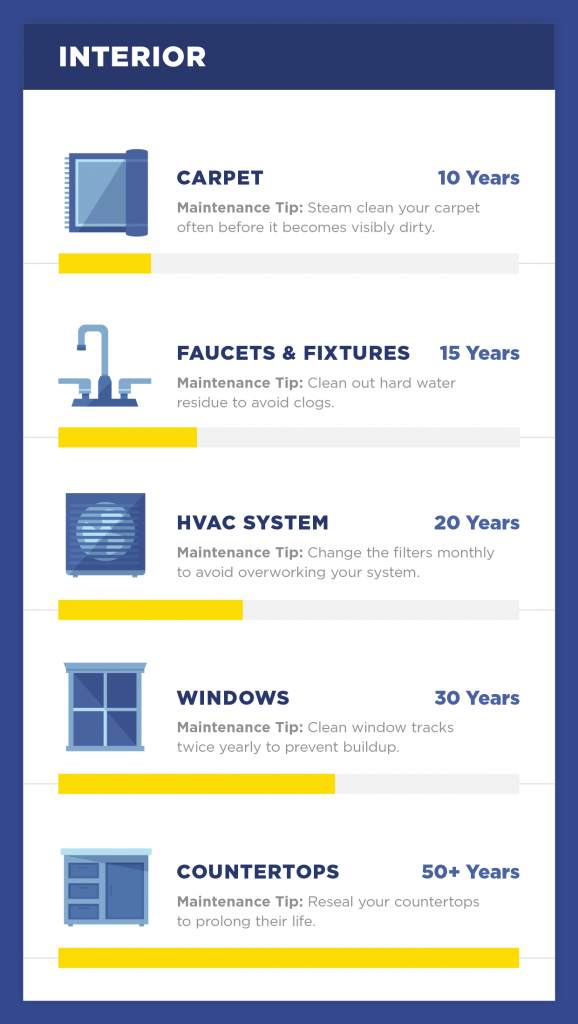

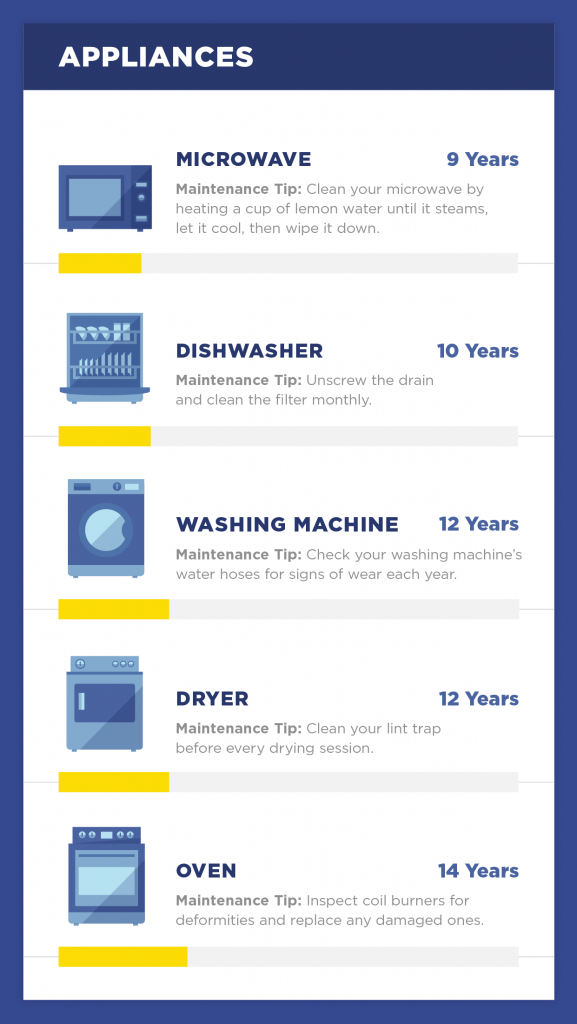

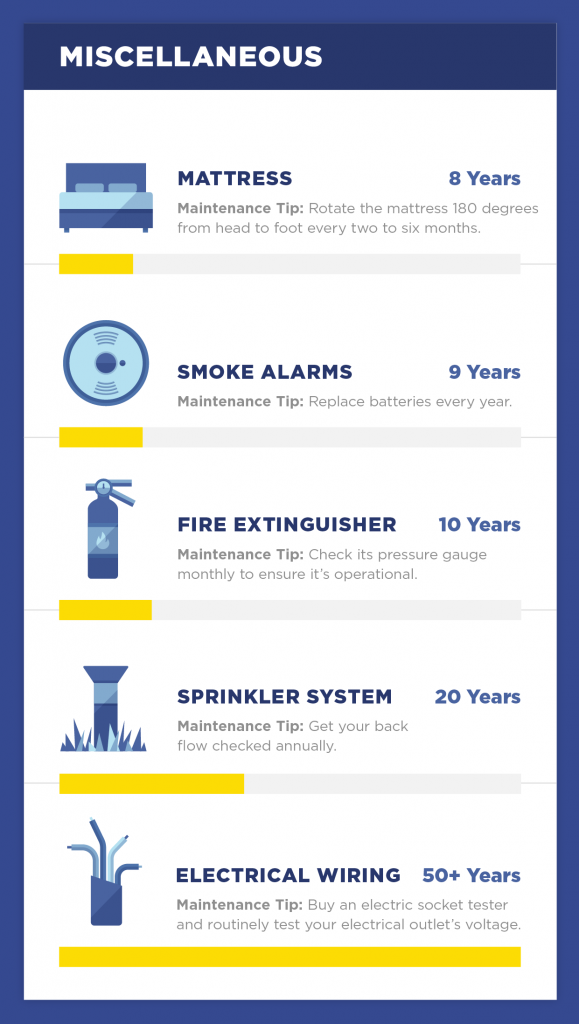



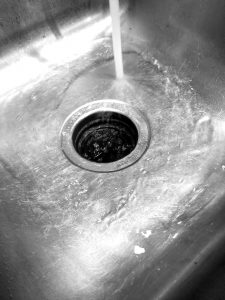 Ever notice a funky little smell drifting up from your kitchen sink? Maybe it’s that tuna melt sandwich you just put down the drain. Or maybe it’s time to show your hardworking garbage disposal some love. There are many ways to clean the garbage disposal and if you do a quick search on Pinterest you’ll be bombarded with options. Our best advice comes from Property Geek Karla who suggests the following:
Ever notice a funky little smell drifting up from your kitchen sink? Maybe it’s that tuna melt sandwich you just put down the drain. Or maybe it’s time to show your hardworking garbage disposal some love. There are many ways to clean the garbage disposal and if you do a quick search on Pinterest you’ll be bombarded with options. Our best advice comes from Property Geek Karla who suggests the following: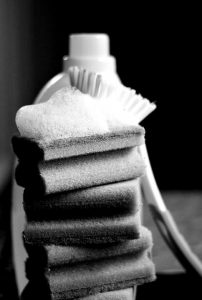 Do your walls and baseboards have a magnetic-like attraction to dust and grime? There are several different ways to fight back, depending on the level of effort you want to put forth. Here are a couple of ideas:
Do your walls and baseboards have a magnetic-like attraction to dust and grime? There are several different ways to fight back, depending on the level of effort you want to put forth. Here are a couple of ideas: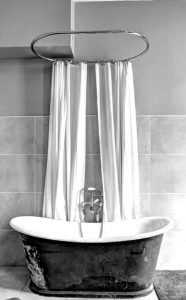 Do you ever get the feeling it would be better to go with a gray shower liner instead of battling the mildew that collects on that once-pristine white one? The battle against mildew and mold can be won. Just wash your shower curtain with salt. Salt? Yep. Regular table salt will do the trick. Here’s how:
Do you ever get the feeling it would be better to go with a gray shower liner instead of battling the mildew that collects on that once-pristine white one? The battle against mildew and mold can be won. Just wash your shower curtain with salt. Salt? Yep. Regular table salt will do the trick. Here’s how: